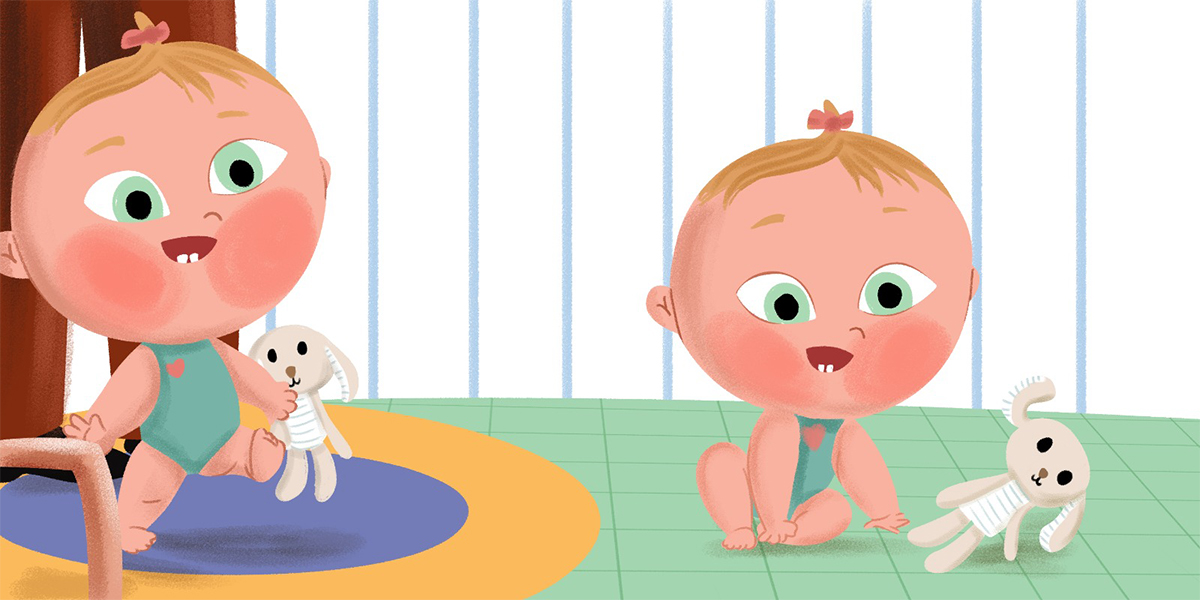Selecting the perfect fantasy book cover typography transforms mere titles into visual invitations. In fantasy cover design, the font sets mood, hints at genre, and helps your book stand out. Good book cover typography goes beyond decoration—it communicates story expectations and resonates with fantasy readers. In this guide, we explore what role does typography play in book cover design, how to choose and pair fonts, and elevate your fantasy book cover design through effective typographic choices.
Why Typography Matters in Fantasy Covers
In fantasy book covers, typography is a silent storyteller. Ornate serif fonts signal epic or magical tales, while clean sans serif styles work for urban or futuristic stories. According to The Rainbow Stories, “for fantasy, in most cases, it is better to use Serif fonts” to clearly differentiate genres and pique reader interest. The right book cover typography instantly conveys your narrative’s mood, while a mismatched font can mislead readers.
Serif or Sans Serif: Deciding the Base
A serif font—like Baskerville or Trajan—is essential for classic fantasy, giving a sense of tradition and elegance. Sans serif works for modern subgenres such as urban fantasy. Whichever you choose, ensure readability and clarity in both print and thumbnail formats. Contrast and hierarchy are key to making your fantasy book cover typography both beautiful and legible.
Decorative vs. Readable: Striking Balance
Decorative fonts—swashes, ornate capitals—add magical flair. Swashes, in particular, lend historical elegance, drawing from Renaissance designs. However, too much embellishment reduces legibility. Use one decorative headline font paired with a simpler body font to maintain readability and visual coherence in your fantasy book covers.
Also Read:Illustrated vs. Photographic Fantasy Book Covers: Which Works Best?
Font Pairing for Cohesive Design
Pairing fonts carefully enhances your cover:
- Headline: choose a stylized serif with swashes or ligatures.
- Subhead/Author name: use a clean serif or sans serif.
- Hierarchy: title sized larger, subtitle or author name smaller.
Keep it to two font families max for cohesion. A triad setup—ornamental display, supporting text, and functional info—keeps your fantasy book cover design polished and readable.
Looking for a Fantasy Book Cover Design for Your Children Story Book
Partner with talented Children Book illustrators who specialize in creating lovable book cover desing characters and enchanting scenes for picture books and early readers.
Color and Contrast Matter
Your font color must complement background visuals while ensuring legibility. White or cream titles contrast well against darker art. Bold contrast aids readability in thumbnails—crucial for digital platforms. Keep your book cover typography high-contrast so it stands out across formats.
Typography That Conveys Sub-Genre
Different fantasy styles demand different typographic moods:
- High/Epic Fantasy: ornate serif with subtle textures.
- Dark Fantasy: distressed serif with expressive features.
- Urban Fantasy: sans serif or slab serif with clean lines.
- Fairy or Romantic Fantasy: swashed script or decorative serif.
Your typeface should align with other design elements—color, imagery, and composition—to reinforce your story’s tone.
Readability Across Formats
Ensuring typography reads well at all sizes is critical. Titles should be legible in thumbnail views of 200 px width. Ideal font sizes include:
- Title ~72 pt (print), ≥ 36 px (screen)
- Subtitle ~36 pt, ≥ 24 px
- Spacing and kerning must prevent crowding.
Make sure your fantasy book cover typography remains readable and eye-catching, no matter where it’s viewed.
Also Read:Top Fantasy Book Cover Trends in 2025
Using Typography to Signal Genre
Typography helps signal genre before anything else. According to typographic studies, readers recognize genre cues in fonts—e.g., serif for fantasy, sans for sci-fi. Decorative serif with mystical swashes signals magic; rugged serif suggests darker fantasy. Let fonts speak before words are read.
Technical Tips: Margins & Alignment
Leave space around text—typographic margins improve readability and tactile feel. Consider carefully centering or aligning the title and author name. Use the rule of thirds to balance book covers visually, keeping typography integrated with illustration without overcrowding.
Typography as Branding Across Series
When writing a series, use consistent fantasy book cover typography:
- Reuse base font across all covers
- Keep title placement consistent
- Small variations (swash on one letter, color accent) differentiate volumes
This builds brand identity and fosters reader recognition.
Working with a Cover Designer
If hiring a pro fantasy book cover designer, provide genre references and mood boards. Ask them to sketch typographic options, ensure pairing supports readability, and request mockups with your actual text. Their expertise in book cover typography can elevate your design to professional standards.
Testing with Your Audience
Create A/B mockups—one with decorative serif, one with clean sans serif—and test with beta readers. Ask what the font communicates: epic, dark, playful? Feedback helps refine your choices to best match your story and appeal to fantasy readers.
Conclusion
In fantasy books, typography is more than letters—it’s the first storyteller. Thoughtful fantasy book cover typography sets mood, indicates genre, and entices readers. With carefully chosen serif or sans serif fonts, decorative accents, strong contrast, and smart hierarchy, your book cover typography will elevate your fantasy book cover design. Whether working alone or with a fantasy book cover designer, blending visual flair with readability ensures your cover shines in a crowded market.

